 |

 |
|
Menu — Pink lady’s slipper — Bush honeysuckle — Wild lily-of-the-valley — Jack pine |
|
Cypripedium acaule 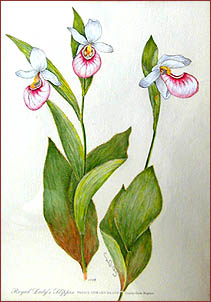 |
Pink lady’s slipper Botanical Information
|
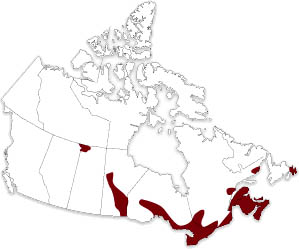 Can be found in
Can be found in
|
Points of Interest
|

|
|
Diervilla lonicera 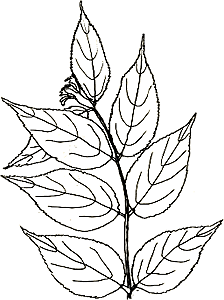 |
Bush honeysuckle Botanical Information
|
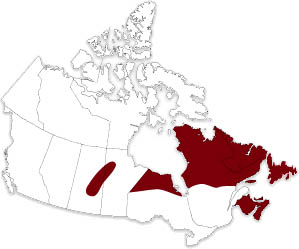 Can be found in
Can be found in
|
Points of Interest
|

|
|
Maianthemum canadense 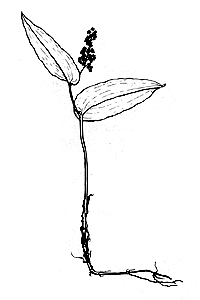 |
Wild lily-of-the-valley Botanical Information
|
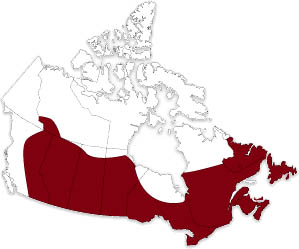 Can be found in
Can be found in
|
Points of Interest
|

|
|
Pinus banksiana 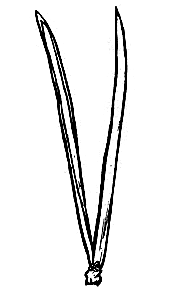 |
Jack pine Botanical Information
|
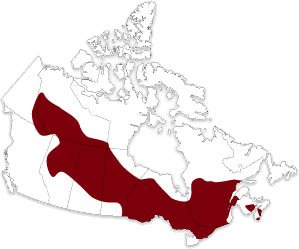 Can be found in
Can be found in
|
Points of Interest
|

|